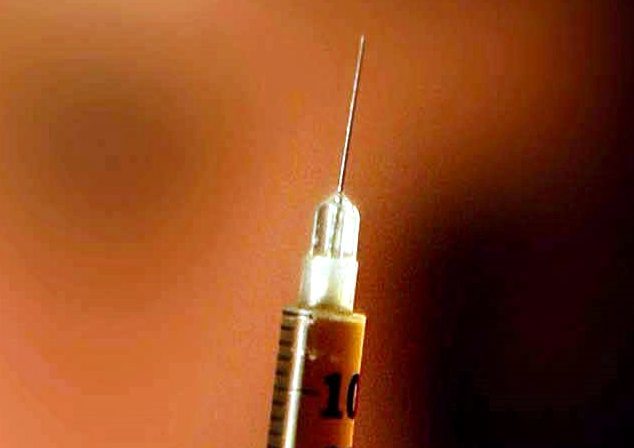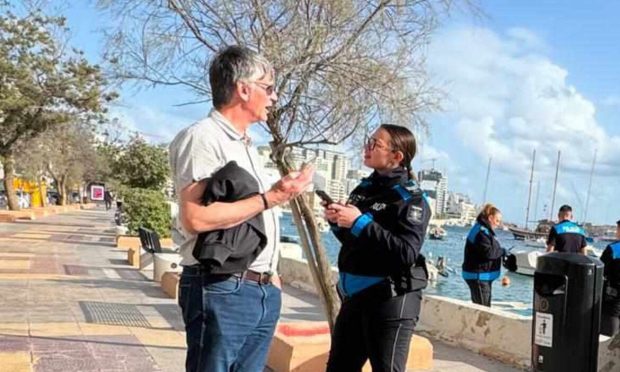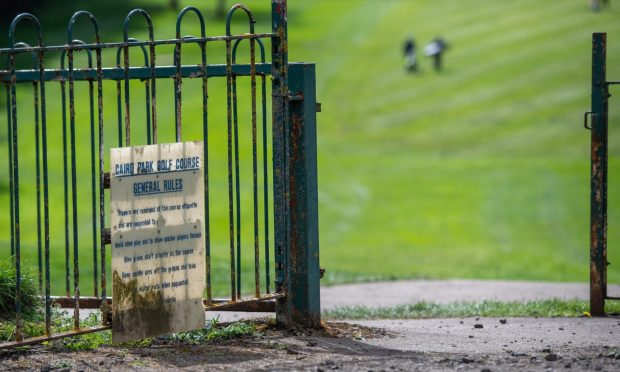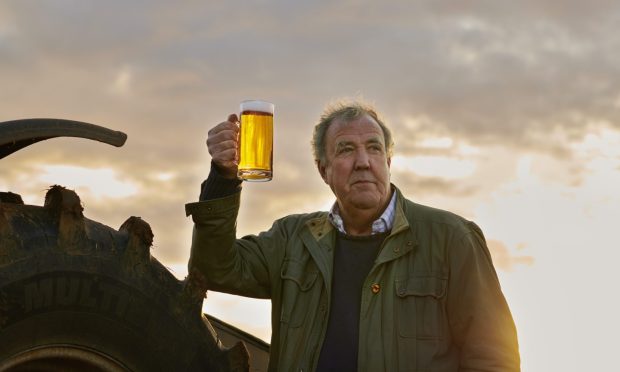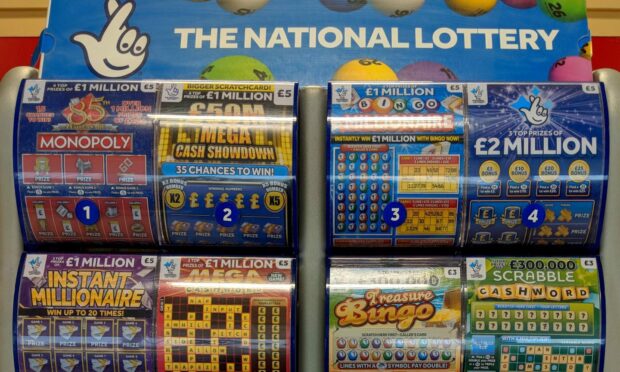More drug users over the age of 35 die in Dundee than in any other part of Scotland.
The Scottish Drugs Forum has warned that drug treatment services must be re-calibrated because of the growing proportion of older drug users.
But the situation in Dundee is already nearing crisis point with a death rate for older users twice the national average.
There are around 61,500 problem drug users in Scotland. Around half of them are over 35 and many have been using drugs for decades.
According to National Records Scotland, the death rate for addicts between the ages of 35 and 44 in Dundee is 0.79 per 1,000 people, higher than anywhere else in Scotland and more than twice the national average.
Glasgow has the second highest mortality rate of this age group at 0.61 deaths per 1,000.
The Scottish national average is 0.31 deaths per 1,000 people.
Dave Barrie, manager of Dundee drugs charity Addaction said older users are more likely to suffer a range of debilitating health and social conditions.
He said: “It’s definitely a trend that we have been aware of. There is an ageing population across the board.
“The reality is if you’ve been using substances for perhaps 20 or 30 years of your life there will always be quite significant long-term consequences.
“So a lot of people may be smokers, may have poor diet, have mental health problems and other social issues like housing problems.
“When you put them together with long-term substance abuse the person will be much more fragile and vulnerable.”
Mr Barrie added: “The bottom line is when you’re 20 your body in general is much more resilient than when you’re 40, so older users are much more susceptible to infection, overdose, mental health issues and depression.
“It is certainly something nationally and locally we should be making a concerted effort to address.”
The Scottish Drugs Forum report warned health services are “generally unprepared to meet the care and support needs of this older drug-using population.”
Scottish Government public health minister Aileen Campbell said: “I welcome the publication of this report and the insights it provides and we will, working with others, consider the recommendations carefully.
“We are committed to ensuring older drug users get the person-centred care they need and this is a current priority for the Partnership for Action on Drugs in Scotland group.
“Latest figures show that drug taking among adults is falling, and that levels of drug use among young people remains low. We have invested over £630 million to tackle problem drug and alcohol use since 2008 and have a national drugs strategy to make sure recovery is a reality for individuals, families and communities.”
The report also revealed that addicts accounted for 20,700 emergency hospital stays in 2012/13, at a cost of £88.8 million to the taxpayer.
More than half of this — £50.8 million — was attributed to users over the age of 35.
